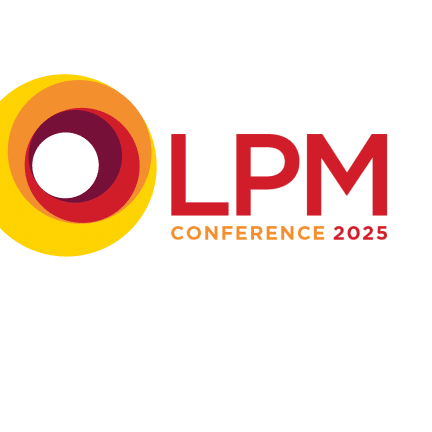
Agile – embracing a modern way of working
What are the pros and cons of agile working? Simon Tombs, managing partner at MHA Monahans, explores the technological, cultural and environmental implications of new work models.
23rd March 2020 – for most, the start of a time of great uncertainty. However, over time it became an opportunity to explore and unlock a new, more engaging, way of working – embracing technology, creating a better work-life balance, reducing costs and finding time to implement environmental and sustainability policies.
Flexible working will be a familiar term in most firms, with staff allowed to select different working hours to accommodate their needs. But agile working goes further than this, bringing together people, processes, connectivity, technology, time and place to find the most appropriate and effective way of working.
In this article, I take a look through the main advantages that agile working can bring, along with the barriers that come with implementing this new way of working.
Advantages
-
Technology
The foundations of agile working are tools that will enable efficiency, and include up-to-date equipment, systems and software, a good internet connection and ongoing IT support. Of course, there are inherent risks of placing such reliance on IT systems, which firms must not ignore – cyberattacks are becoming a more frequent event. But with robust systems and policies in place, these risks can be mitigated.
Investing in new technology can bring advantageous tax savings, too. These include:
- 100% relief on spend up to £1 million by way of annual investment allowance
- For companies, the potential to obtain the new 130% super deduction until 2023.
-
Work-life balance
Working from home or a hybrid of office and home working can unlock new opportunities for existing employees and attract a new generation of people who demand a new approach to the traditional, office-based working arrangement. Empowering people by providing a flexible and agile working environment may help improve employee engagement which in turn can lead to improved efficiency and productivity.
-
Reducing costs and becoming ‘green’
With agile working here to stay for many, firms can look to reduce office space and save on overhead expenditure, concentrating on infrastructure that works for the modern workforce – such as hot-desking and flexible meeting spaces.
A hybrid approach, or working from home permanently, reduces daily commutes – saving time and energy as well as reducing environmental pollution. In addition to this, a move towards greater use of technology reduces our requirement for paper documents and advances the objective of becoming paperless. The emergence of online file management systems will assist in this move.
It is essential for legal practices to formulate an agenda that focuses on the long-term sustainability of their business. Putting aside the environmental importance for one moment, having a sustainability plan and policy will also help you to attract the next generation of employees who are becoming more and more passionate about this subject. To find out more, click here to watch MHA’s latest webinar focusing on optimising the sustainability agenda for your business.
Barriers
While many firms are benefiting from agile working, there are potential barriers to overcome when implementing new practices. It is often easier to carry on with what is familiar, as any change can be met with resistance. So, achieving cultural buy-in is key to implementing agile working.
Employee contracts may need to be updated to reflect new working arrangements, and firms should make sure that insurance policies are reviewed to maintain appropriate cover for the movement of confidential client information between office and home.
Finally, with some firms using outdated technology, embracing agile working will require significant funding and can often be one of the first hurdles to overcome. It is essential that robust planning and forecasting is conducted to ensure both the initial outflow and ongoing commitments can be met without depleting cash reserves.
Conclusion
If you are looking to embrace agile working or thinking of investing in new technology, we can provide the tax advice, guidance on forecasting and HR support your firm requires to move the practice forward.



